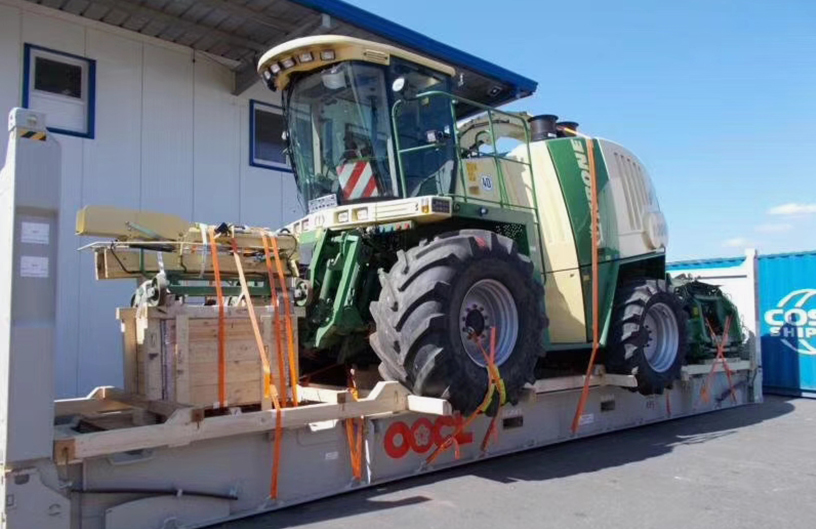In special container shipping, lashing and securing are core steps in ensuring cargo safety, and their importance cannot be overstated. Improper securing, under the test of strong winds and high waves at sea, can cause millions of cargo to capsize and fall into the sea, resulting in significant losses. This article will systematically explain the principles, methods, and practical examples of lashing and securing.

I. Core Principle: Understanding Forces
The purpose of lashing is to offset various external forces acting on cargo during transportation, primarily:
Inertia Forces: When a ship accelerates, decelerates, or turns, cargo tends to move due to inertia.
Wave Forces: The rolling, pitching, and heaving of a ship in wind and waves present the greatest challenge. The key to securing a container is to use lashing equipment to generate sufficient “preload” to increase the “friction” between the cargo and the container floor, thereby counteracting these external forces.
II. Selection of Lashing Materials
1. Chains: Offer the highest strength and durability, often used with ultra-heavy machinery. Requires use with tensioners and shackles.
2. Wire Ropes: High strength, moderate toughness, and widespread use.
3. Synthetic Fiber Lashings: Lightweight, easy to use, and safe for cargo surfaces, but sensitive to UV rays and prone to tearing. Pay attention to their rated tensile strength (STF) and breaking strength (LC).
4. Supporting Tools: Turnbuckles, shackles, trailer stands, etc.
III. Standard Operating Procedures (SOPs)
1. Calculation and Design: Calculate the required number of lashing points and the strength of the lashing equipment based on cargo weight, center of gravity, dimensions, and anticipated sea conditions. This is the job of an engineer, not just a matter of intuition. 2. Maximizing Friction: Use rubber mats, non-slip paper, or dunnage on the cargo floor to significantly increase friction, which is the foundation of all lashing.
3. Figure-of-Eight Lashing: Lashing straps/chains should form a cross-shaped “figure-of-eight” pattern to effectively resist fore-aft and lateral forces.
4. Symmetry and Balance: Lashing points should be symmetrically distributed to ensure even force distribution.
5. Tightening and Inspection: Use specialized tools (such as a torque wrench) to ensure all tensioners meet the specified preload. Re-inspect and tighten during the voyage when conditions permit.
IV. Comparison of Positive and Negative Examples
Wrong Example: Using only a small number of lashing straps, no cross-straps, and no dunnage for support, the cargo comes into direct contact with the metal floor, making it extremely prone to slippage.
Wrong Example: Using rubber mats throughout the cargo floor, multiple chains are crisscrossed to form a grid pattern, and wooden supports are welded and secured below the center of gravity for multiple protections.
Lashing and securing is an art form that combines physics and engineering. For high-value cargo, it’s essential to hire an experienced loading and unloading engineer for on-site guidance. While professional lashing may incur a one-time cost, it’s a worthwhile investment in your cargo’s safety.
